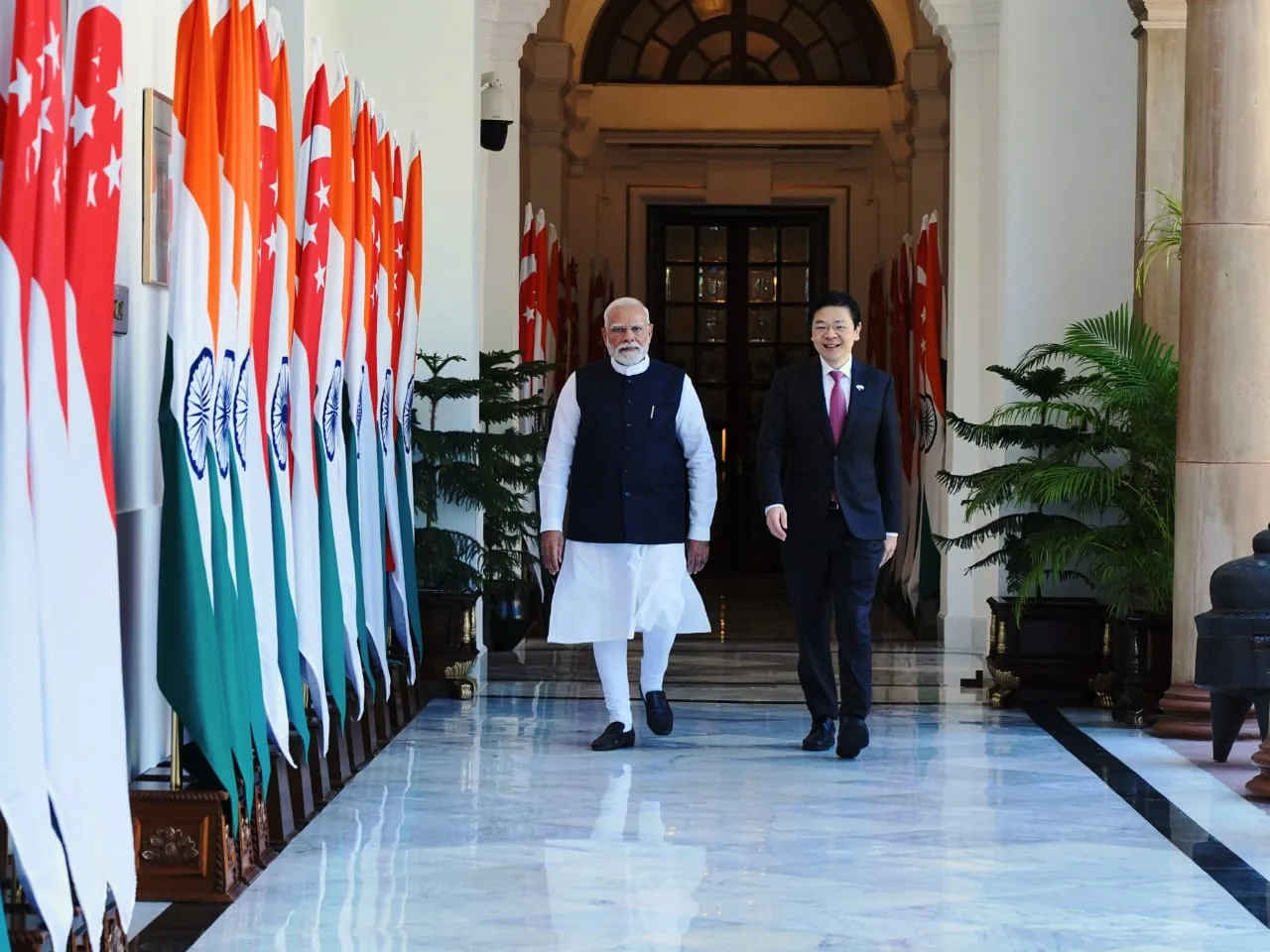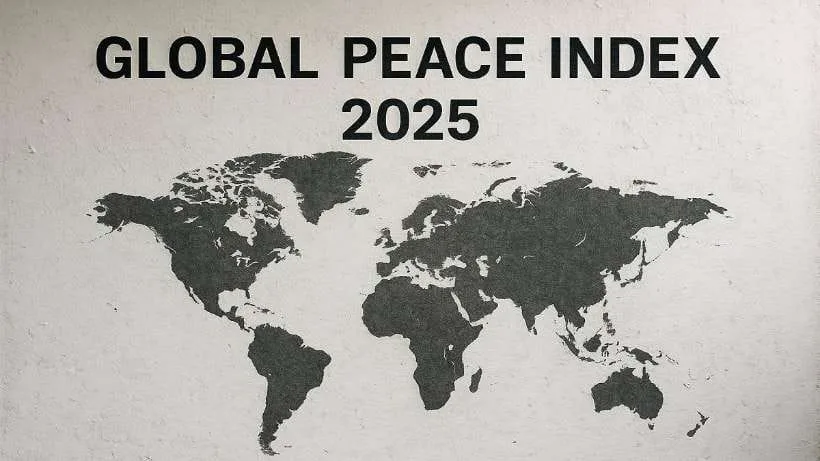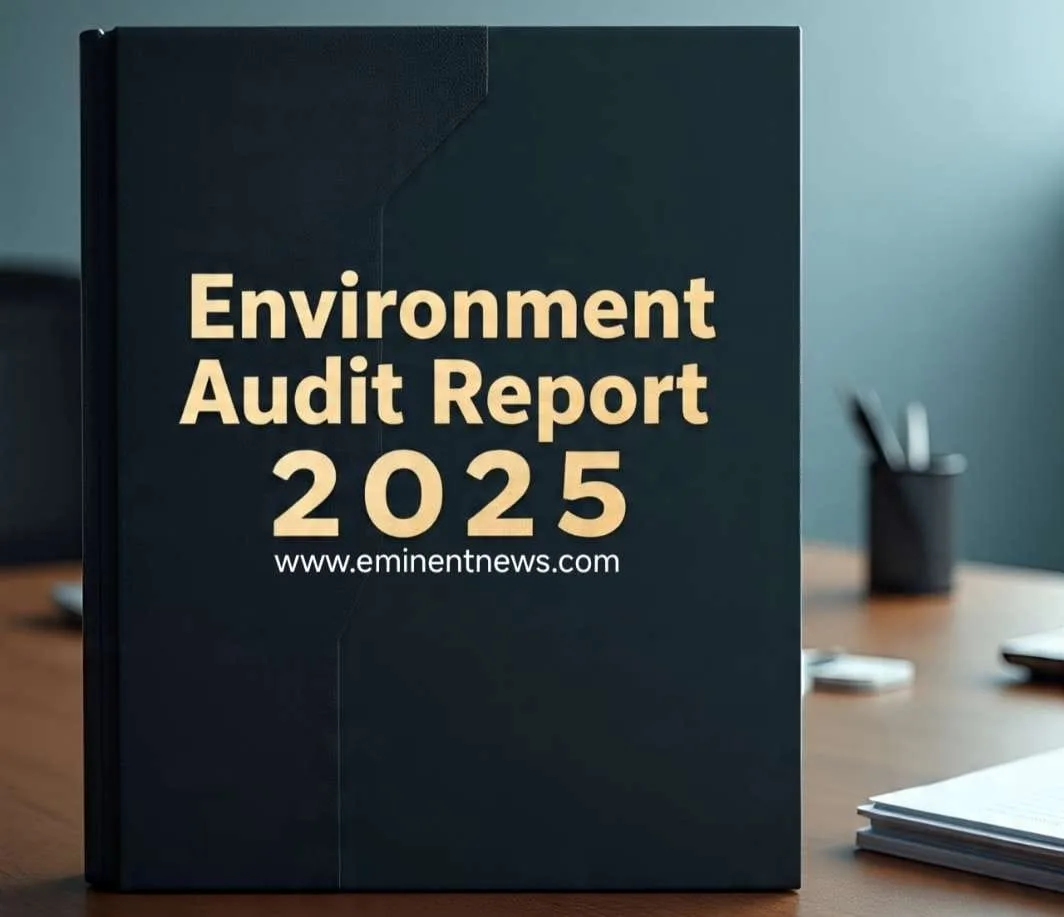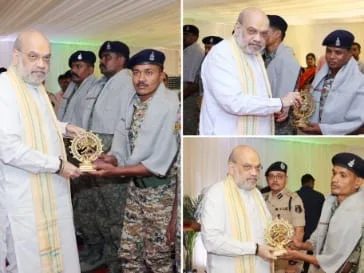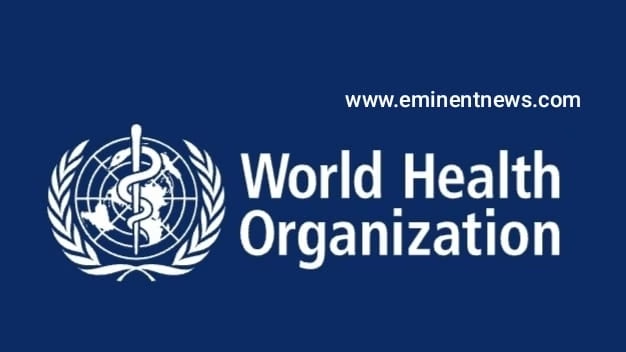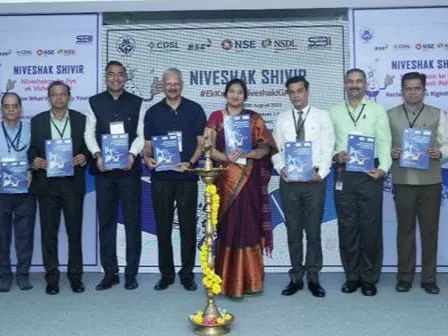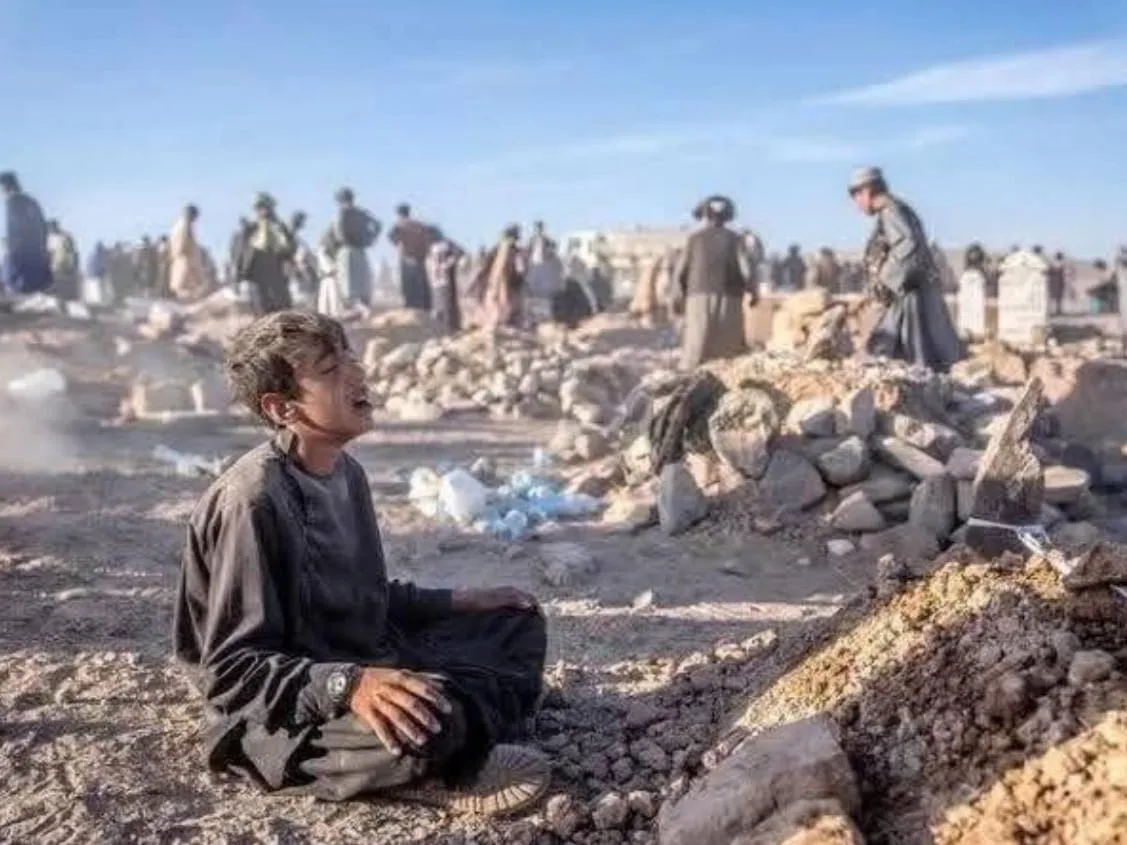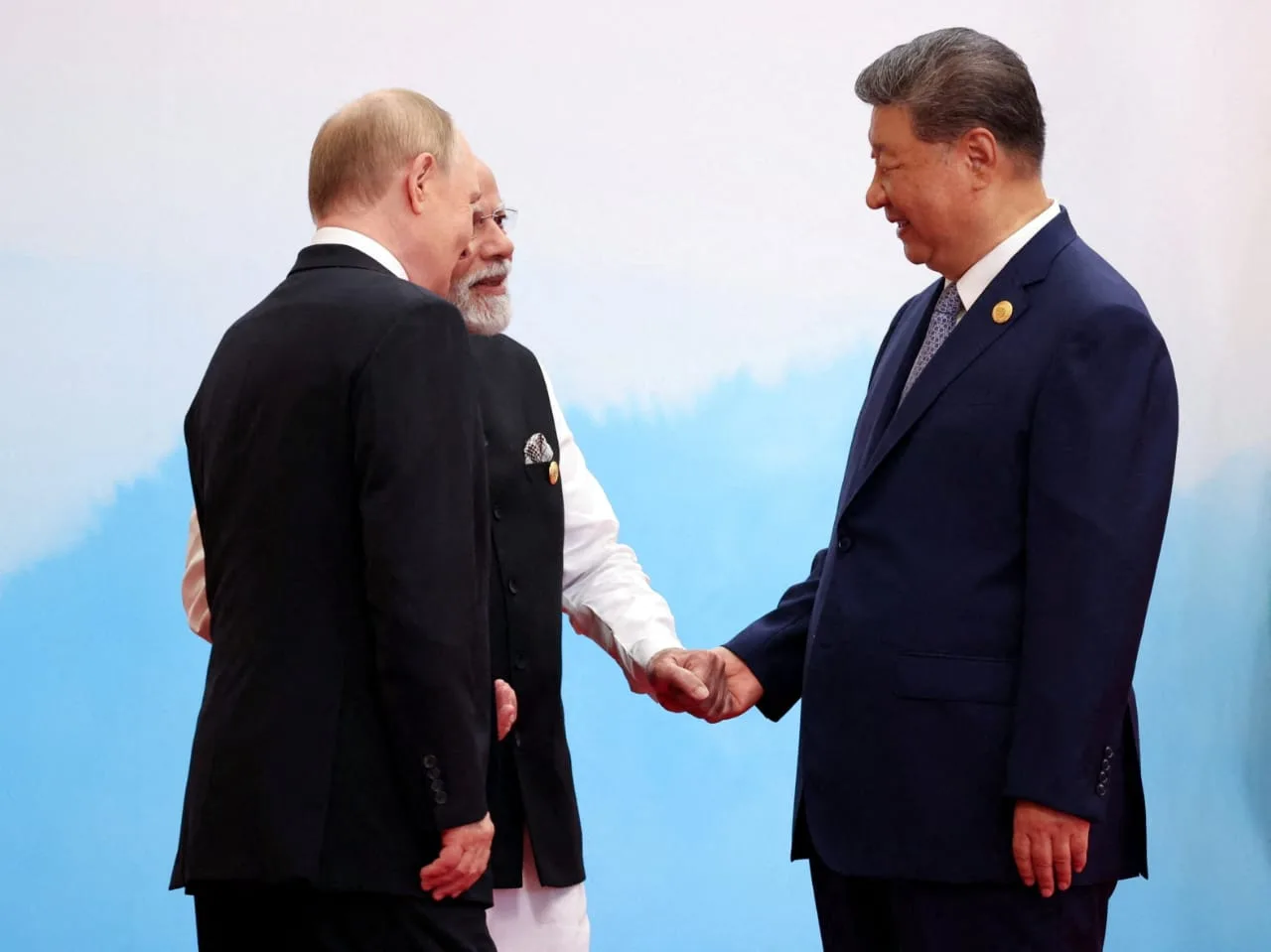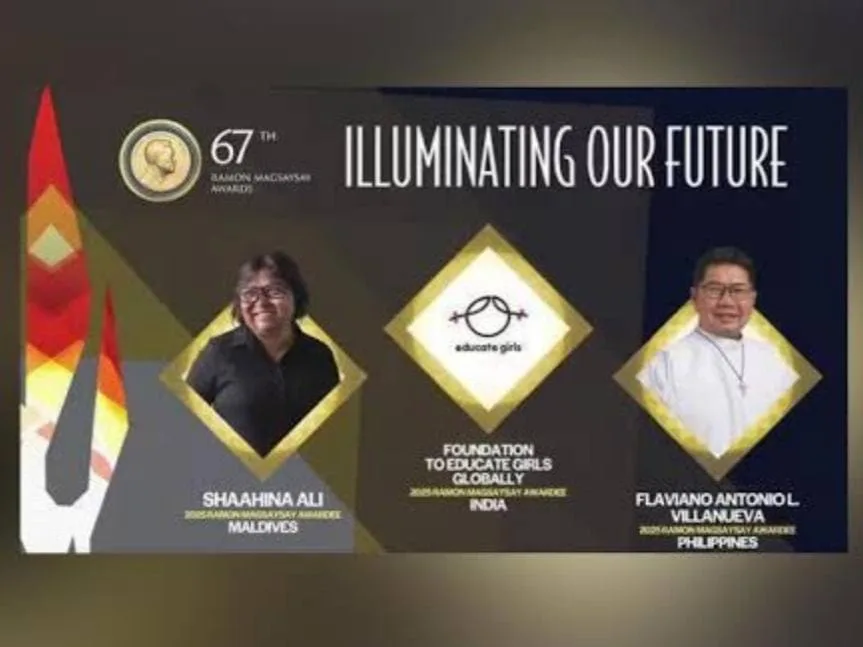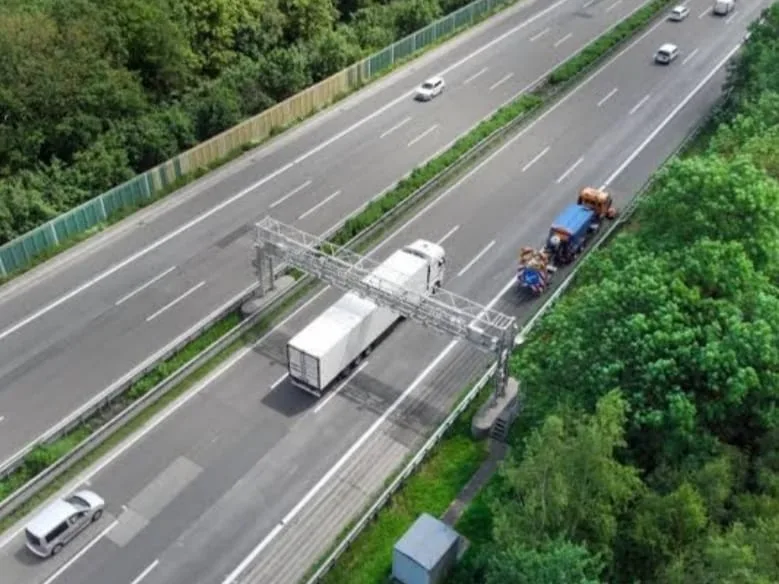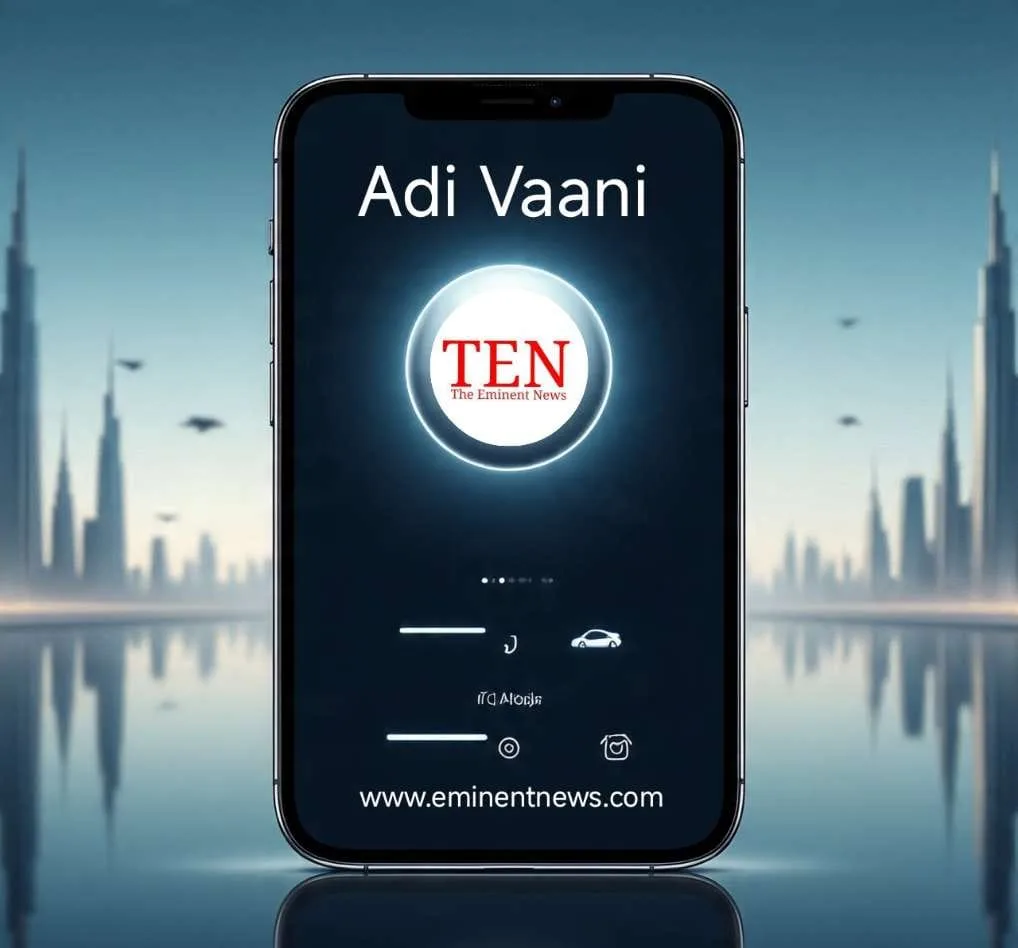In March 2025, CRINK, an acronym referring to China, Russia, Iran, and North Korea, was in the news for several reasons:
- Cyber Warfare: Security experts had warned that by 2025, state-backed cyber threats from CRINK nations would make operational technology (OT) security a priority . These nations were reportedly using ransomware, deepfakes, and zero-day exploits as part of their cyber warfare strategies .
- Cooperation Against the U.S.: The alliance of China, Russia, Iran, and North Korea, dubbed CRINK, was seen as working against America . This alignment was perceived as a challenge to the existing world order .
- Earthquake in Myanmar: While not directly related to CRINK, a major earthquake in Myanmar, which shares a border with China, was a significant news event . China’s Yunnan province felt the effects of the earthquake, though no casualties were reported there .
- North Korea Suspends Tours: North Korea suspended foreign tours to the border city of Rason, just weeks after reopening it . No specific reason was given, but it occurred after a trip by 13 Russian tourists .
How are CRINK nations involved in cyber warfare :
CRINK nations (China, Russia, Iran, and North Korea) are significantly involved in cyber warfare, employing various tactics and strategies to achieve their geopolitical and strategic objectives .
General Strategies and Activities:
- State-Sponsored Attacks: These nations engage in state-sponsored cyberattacks, using them as a standard part of their nation-state playbook .
- Targeting Critical Infrastructure: A primary focus is disrupting critical national infrastructure (CNI) in rival nations, including sectors like healthcare, energy supply chains, and other essential assets . This is seen as an effective way to weaken a rival nation, either as a substitute for or in conjunction with conventional warfare .
- Theft of Military Secrets: Cyberattacks are used to steal military secrets and sensitive information .
- Ransomware Attacks: Use of ransomware attacks is employed for financial gain and to disrupt targeted organizations .
- Deepfake Technology: Utilizing deepfake technology for disinformation campaigns and to undermine trust in institutions .
- Zero-Day Exploits: Exploiting zero-day vulnerabilities (previously unknown software flaws) to gain unauthorized access and control over systems .
Specific National Activities and Capabilities:
- China: China’s cyber efforts have escalated significantly. Their hacking program is reportedly larger than that of every other major nation combined .
- Russia: Russia has been identified as launching a significant percentage of worldwide cyberattacks with political dimensions .
- General Vulnerabilities and Challenges:
- OT/IT Convergence: The increasing convergence of operational technology (OT) with traditional IT systems has expanded the attack surface, allowing threat actors to exploit weak links in integrated systems .
- Outdated Legacy Systems: Many critical infrastructure sectors rely on outdated legacy systems that were not designed to withstand digital threats .
- Difficult Security Overhauls: Critical operations require constant uptime, making it challenging to implement substantial security overhauls .
Defense Strategies and Recommendations:
- OT-Specific Investments: Investment in OT-specific tools, such as network segmentation and threat detection systems, is essential to mitigate risks unique to OT environments .
- IT-OT Collaboration: Bridging the gap between IT and OT teams is crucial, requiring a joint IT-OT security task force to address the unique vulnerabilities of OT systems .
- Employee Training: Providing tailored training programs for OT personnel to improve their ability to identify and deal with threats like phishing .
- CISO Leadership: CISOs (Chief Information Security Officers) play a vital role in driving IT-OT convergence, developing cohesive strategies that address risks across both domains .
- Budget Allocation: Organizations must recalibrate cybersecurity budgets to address the unique vulnerabilities of OT systems, allocating dedicated funds for OT-specific tools .


